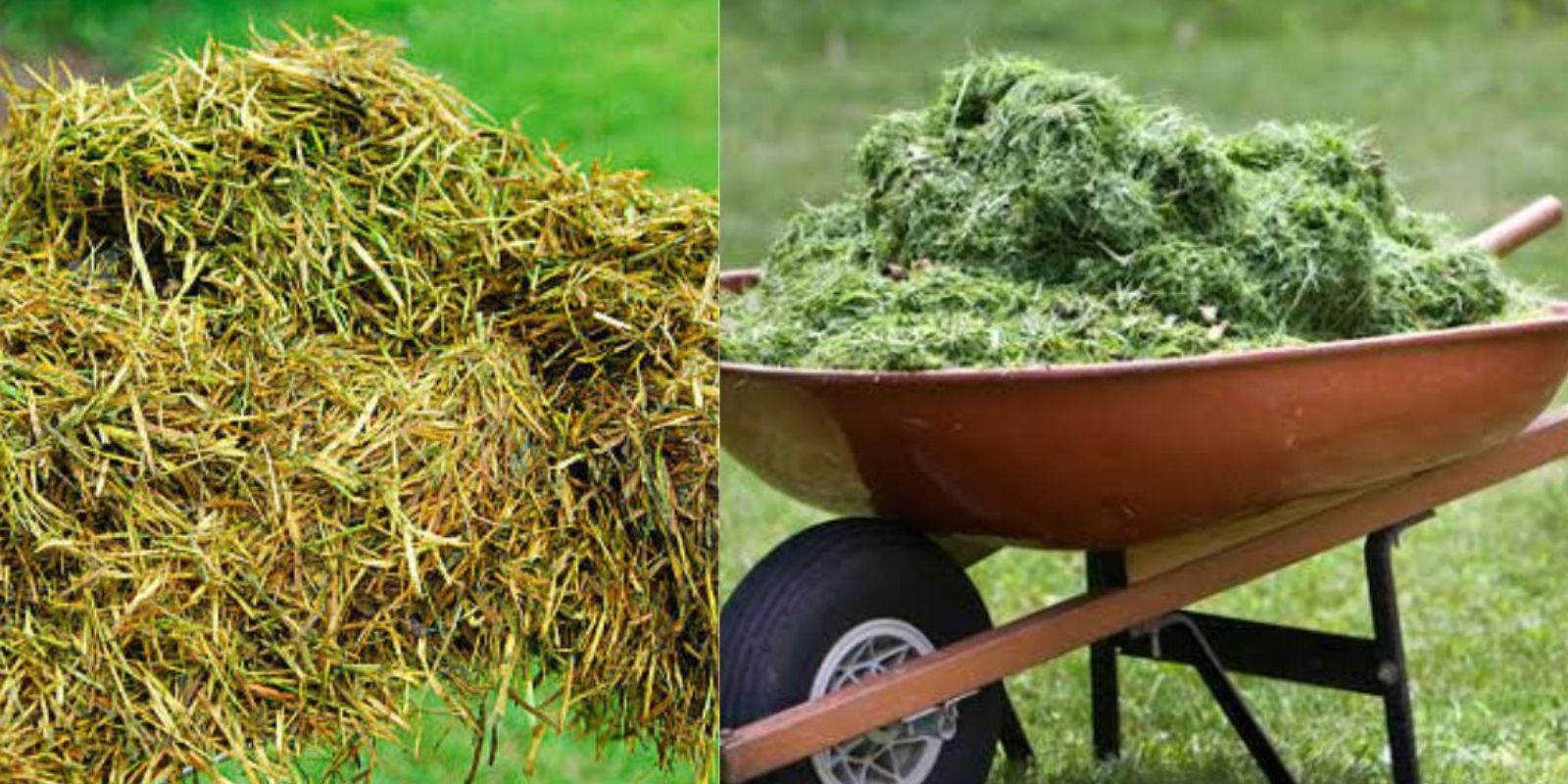Grass clippings are often considered yard waste, destined for the compost heap or discarded altogether. However, they hold immense potential to enhance your garden, reduce waste, and support a thriving ecosystem. Whether you’re a seasoned gardener or just starting, incorporating grass clippings into your gardening routine can revolutionize the way you nurture your plants. Here’s an in-depth guide on how to use this free resource to supercharge your vegetable garden.
Why Grass Clippings Are Valuable
Grass clippings are rich in essential nutrients, particularly nitrogen—a critical element for plant growth. They decompose quickly, releasing nutrients back into the soil and improving its structure. Beyond that, grass clippings are excellent for retaining moisture, suppressing weeds, and even creating natural fertilizers.
1. Use Grass Clippings as Mulch
One of the easiest and most effective ways to utilize grass clippings is as mulch. Mulching is the process of covering the soil surface with organic materials to protect and nourish it.
How to Apply Grass Clipping Mulch
- Spread a thin layer (1-2 inches) of dried grass clippings around the base of your plants.
- Ensure the clippings are dry to prevent matting, which can block water and airflow.
- Avoid piling them too thick, as this can create a slimy, compacted layer.
Benefits of Grass Clipping Mulch
- Moisture Retention: Mulch helps the soil retain water, reducing the need for frequent watering.
- Weed Suppression: It creates a barrier that prevents sunlight from reaching weed seeds, stopping them from sprouting.
- Nutrient Release: As the clippings decompose, they release nitrogen and other nutrients into the soil.
2. Create a Nitrogen-Rich Fertilizer
Grass clippings can be transformed into a potent liquid fertilizer, perfect for nourishing your plants throughout the growing season.
How to Make Grass Clipping Fertilizer
- Fill a large bucket or container with fresh grass clippings.
- Add water until the clippings are fully submerged.
- Cover the container and let it steep for 2-3 weeks, stirring occasionally.
- Strain the liquid, removing any solid debris.
- Dilute the fertilizer with water in a 1:5 ratio (1 part fertilizer to 5 parts water) before use.
Application Tips
- Use the fertilizer every two weeks to promote healthy foliage and robust growth.
- Apply directly to the base of plants to avoid leaf burn.
3. Compost Grass Clippings
Grass clippings are an excellent addition to your compost pile, providing a rich source of nitrogen to balance carbon-rich materials like leaves and straw.
How to Compost Grass Clippings
- Mix clippings with “brown” materials (e.g., dry leaves, shredded paper) to maintain a proper carbon-to-nitrogen ratio.
- Turn the compost regularly to aerate it and speed up decomposition.
- Avoid adding too many clippings at once to prevent compaction and odor.
Benefits of Composting Grass Clippings
- Produces nutrient-dense compost that improves soil fertility.
- Reduces yard waste, keeping it out of landfills.
- Supports beneficial microorganisms in the soil.
4. Improve Lawn Health
Grass clippings can also benefit your lawn directly. Instead of bagging and discarding them after mowing, leave a thin layer of clippings on the lawn.
Why Leave Clippings on the Lawn?
- Natural Fertilization: Decomposing clippings release nitrogen, enhancing soil health.
- Moisture Retention: They act as a natural mulch, keeping the soil moist and cool.
- Weed Prevention: A healthy, well-fed lawn is more resistant to weed infestations.
Tips for Success
- Use a mulching mower to finely chop clippings, ensuring they decompose quickly.
- Avoid leaving thick layers, which can smother the grass and block sunlight.
5. Prevent Weed Growth
Grass clippings act as a natural weed barrier in garden beds and pathways.
How to Use Grass Clippings for Weed Control
- Spread a layer of dried clippings over areas prone to weed growth.
- Combine with other organic mulches like wood chips or straw for added effectiveness.
Why It Works
Grass clippings block sunlight, preventing weed seeds from germinating. Additionally, as they break down, they enrich the soil, creating an inhospitable environment for weeds.
6. Enrich Soil Naturally
Over time, incorporating grass clippings into your soil can significantly improve its texture and fertility.
How to Incorporate Grass Clippings into Soil
- Till fresh or dried clippings into the top layer of soil before planting.
- Use them as a green manure, spreading them over the soil and letting them decompose naturally.
Benefits of Soil Enrichment
- Improved Soil Structure: Clippings add organic matter, enhancing soil aeration and water retention.
- Boosted Microbial Activity: They feed beneficial microorganisms that break down organic matter.
- Sustainable Fertilization: Grass clippings provide a steady supply of nutrients as they decompose.
Precautions and Best Practices
While grass clippings are a fantastic resource, there are a few things to keep in mind:
- Avoid Treated Grass: Do not use clippings from lawns treated with herbicides or pesticides, as these chemicals can harm plants and soil life.
- Seed-Free Clippings: Ensure the grass does not contain weed seeds, which can spread to your garden.
- Dry Before Use: Fresh clippings can mat and create a slimy layer. Allow them to dry before applying as mulch or adding to compost.
Environmental Benefits
Repurposing grass clippings reduces waste, saves money on fertilizers and mulch, and supports sustainable gardening practices. It’s a simple yet impactful way to minimize your carbon footprint while enhancing your garden.
Final Thoughts
Grass clippings are an underutilized treasure in the gardening world. By harnessing their potential, you can reduce waste, enrich your soil, and grow healthier, more productive plants. Whether you use them as mulch, fertilizer, or compost, these simple techniques will take your gardening to the next level.
Have you tried using grass clippings in your garden? Share your experience and tips in the comments below!
#GardeningTips #OrganicGardening #MulchingMagic #GrowYourOwnFood #EcoFriendlyGardening

